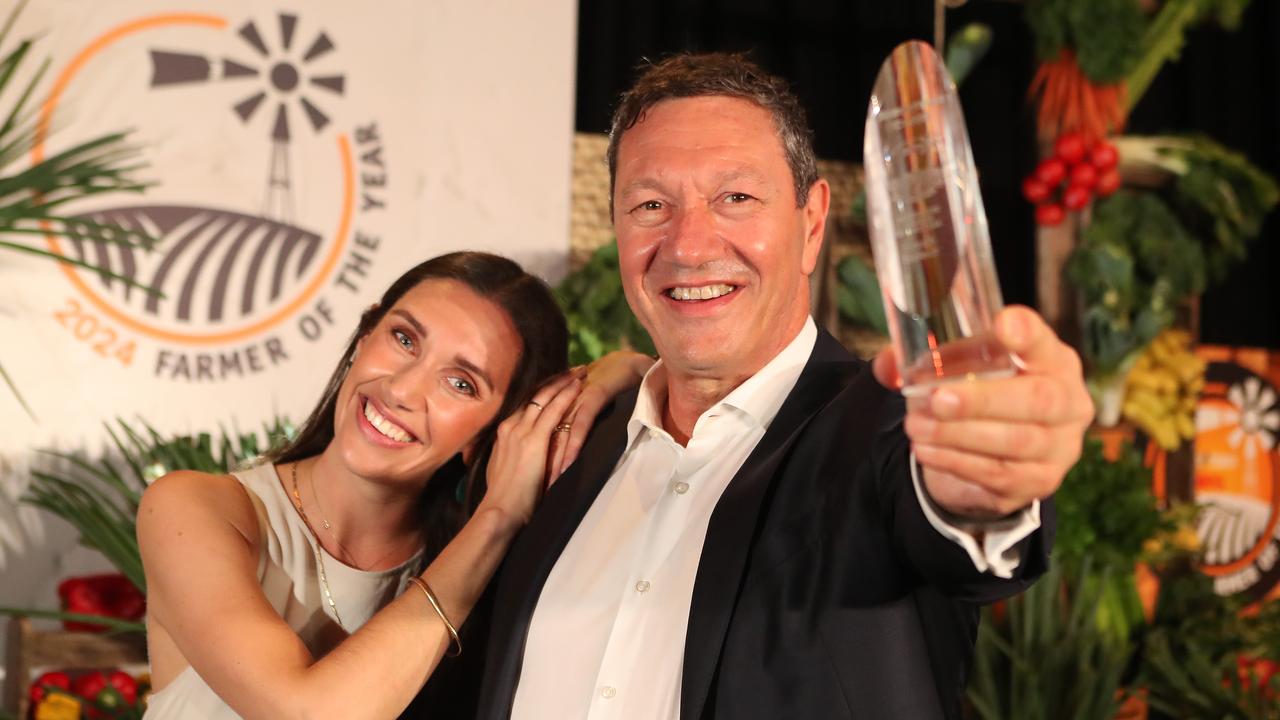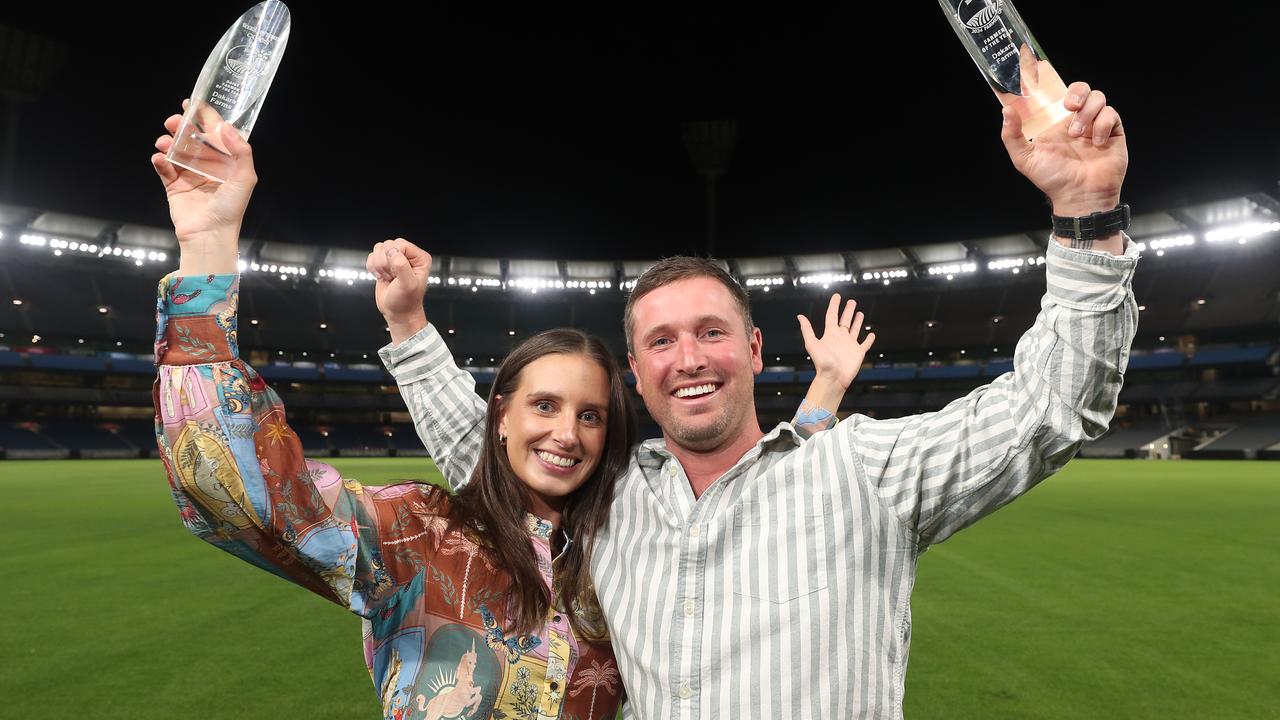How genomic testing is fine tuning a cattle herd in NE Victoria
Tim Stokes from Karn Station is using science to find the best performing cattle – and it’s paying dividends. This is how he does it.
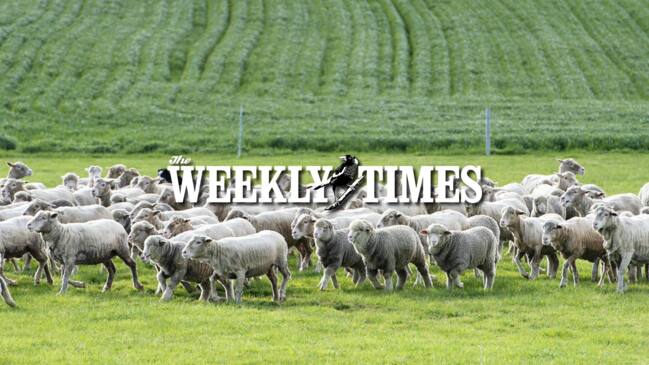
A healthy mix of science and stock sense delivers profits for North East Victorian livestock operation Karn Station.
But it’s never at the expense of the 1700ha of country near Benalla, where the health of soils is considered paramount for not only sustainability but production.
Manager Tim Stokes is unapologetic in his quest to be a leader in pasture management and animal genetics for owners Peter and Jill Lloyd.
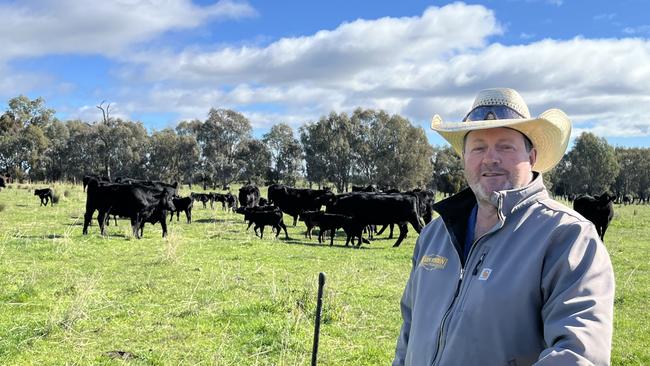
It’s a bottom up approach, and better soils are not only delivering healthy pastures but more productive cattle and sheep.
The livestock operation is finely tuned – there are 2500 composite ewes targeting the domestic market and 950 cows producing progeny targeting a 300kg carcass weight animal destined for the supermarket trade and sold under the Coles carbon neutral brand.
Pastures range from phalaris and perennial clovers to rye grass and clover, and, under irrigation pivots, a multi-species mix of millet, clover, turnips, chicory, plantain, rape, radish and ryegrass.
It was the quest to provide the best quality feed that sees the operation soil test every one of the 120 paddocks every year, and from that the realisation that kilograms per hectare of meat was not the only measure of success.
To this end, they now use a mix of products supplied by company Biolinks4plants, spread as a foliar spray through a machine sourced from New Zealand known as a Tow and Fert, to not only increase plant growth but increase soil health.
Tim said there had been a noticeable increase in feed quality, to the extent that he’d seen bigger weight gains especially on young cattle grazed under the pivots.
And that fits well into another goal for Karn Station – to decrease its carbon footprint in beef production.
“Less days on feed means less methane produced, and the lower the carbon emissions from our herd,” Tim said.
On grass, year round weight gains are 1-1.2kg per day, and when they head into containment areas and fed grain for 100 days, that’s more like 1.6-1.8kg/day.
GENETIC INFUSION
Feeding is part of the equation, but genetics is king and it’s here where Karn Station is setting the bar.
The Angus and composite herd is geared for fertility and growth, and use of bulls from Paringa Livestock and Kelly Angus are infused into genetics.
The herd is considered about 70-80 per cent Angus and 20-30 per cent composite in its makeup.
Yet in a step above just choosing the right bulls, Karn Station has for the past five years genomically tested all its heifers and single-sire mated to individual bulls.
It’s a stud-like approach but in a commercial operation.
“We are using science to run our breeding objectives,” Tim said.
What that means in practise is an objective selection process which allows genetically superior and high performance heifers to be retained from the genomic results rather than judging by eye which are the best.
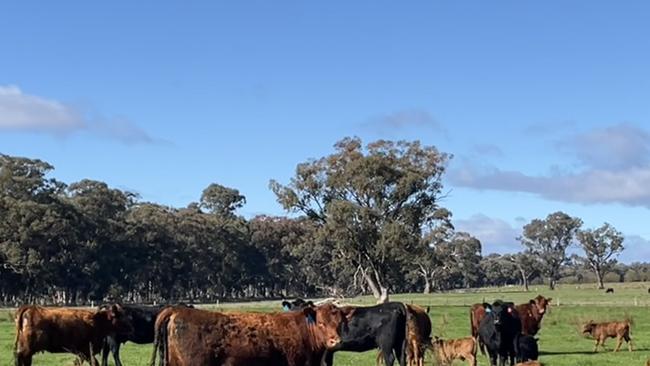
Within a few years, all females in the herd will have had genomic testing, and while Tim said there would still be variation within the herd, the overall standard would continue to shift upwards.
It comes at a cost – each genomic test is between $45-$50, and two rounds of fixed artificial insemination across the 300 heifers with the cost dependent on which AI sires are used.
But the value of the genetic gain, Tim said, far outweighed any cost.
“It was something that I had to get my head around, but we worked out that it was more than worth it to lift the standard of the herd,” he said.
The conception rate in the AI’d heifers ranges between 75-80 per cent. Those heifers are pregnancy tested at between 30 and 35 days, and any that do not get in calf are finished to a heavier weight and sold into the supermarket trade.
Cow in calf rates are 97-98 per cent from a six week joining.
“We don’t carry any passengers,” he said.
SETTING THE PRICE
Tim is clearly a genetics fan, but controlling the quality of what he produces has, he said, allowed him to be a price setter rather than a price taker.
That plays out in the feeding of his stock, whether that’s from the cow herd or the composite flock of about 2500 ewes.
Containment feeding areas were established a few years ago, and Tim said these had provided essential flexibility in marketing.
Cattle are fed grain to finish, but the ration is tweaked so target weights can be met at specific times to maximise returns. This can mean a line of steers or heifers is kept in a holding pattern to hit a grid, rather than pushing them to keep gaining weight.
It’s the same for the lambs, and while the goal is to turn off 22-24kg suckers from the spring-lambing flock before Christmas, there is the option to finish lambs in containment areas if it makes sense economically.
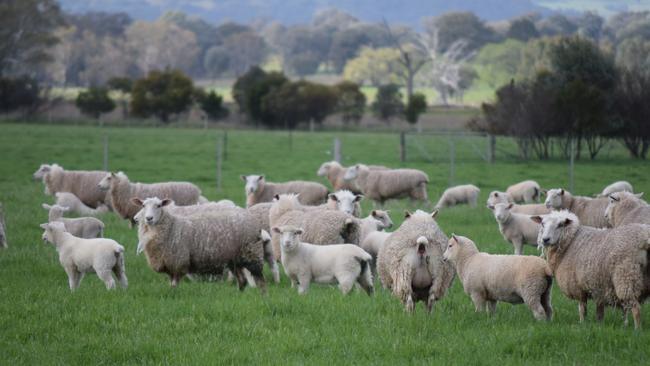
Lambing rates in the LambPro-blood flock are high – a 180 per cent foetus count at scanning with 80 per cent multiples and 17 per cent singles (3 per cent are empty) translates to 150-155 per cent at the marking cradle.
If lamb values fall in spring, Tim will crunch the numbers, knowing he can achieve weight gains of 350-400 grams a day by feeding if that works out financially.
Some of the ration is bought in (grain mixes) but 1000 tonnes of home made pasture silage, stored in concrete-sided bunkers is a key part of the feeding. The goal is to always have a year’s worth of silage extra as a drought feed buffer.
FUTURE PLANNING
If science and numbers are two pieces of the puzzle, then the third has to be Tim and his team’s treatment of their stock which includes long-standing employees Shannon and Derek Horne who play a crucial part of the operation
Part of Karn Station’s mission statement is to take pride in not only the quality but the welfare of its animals and its work.
What this means in practise for cattle is an extensive weaning process including dogs and buggies, and use in a cutting event each February, where Tim’s and others horses quietly work the weaners as they further desensitize them.
There’s a quiet pride in what’s been achieved at Karn Station, but Tim is quick to point out that he’s no expert and “what works here works for us”.
“We want a property that will be here for future generations ... we want to improve the efficiency and profitability of the grass growing operation for the sustainable growth of our cattle and sheep enterprises,” he said.



